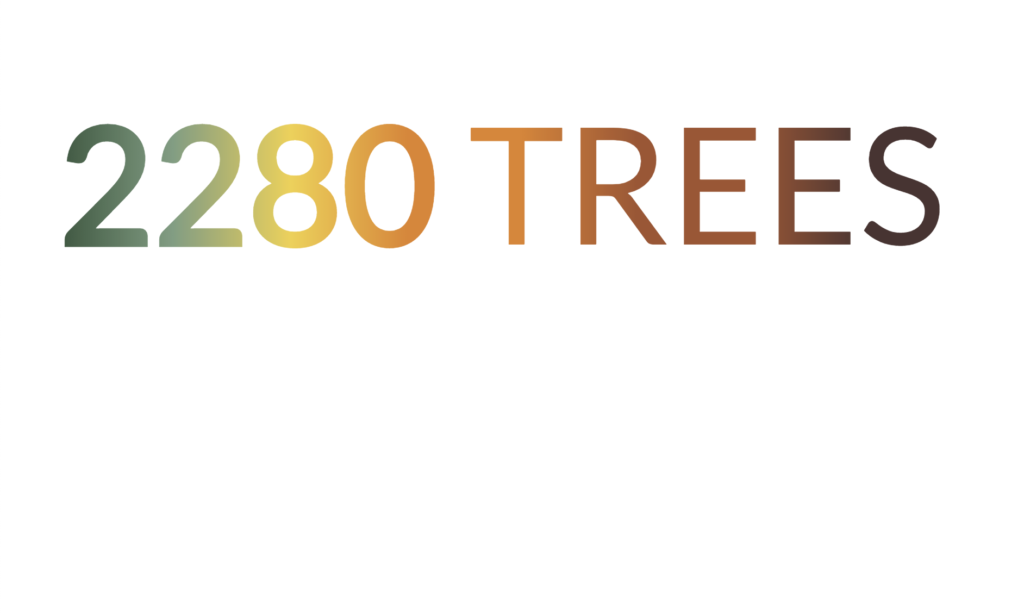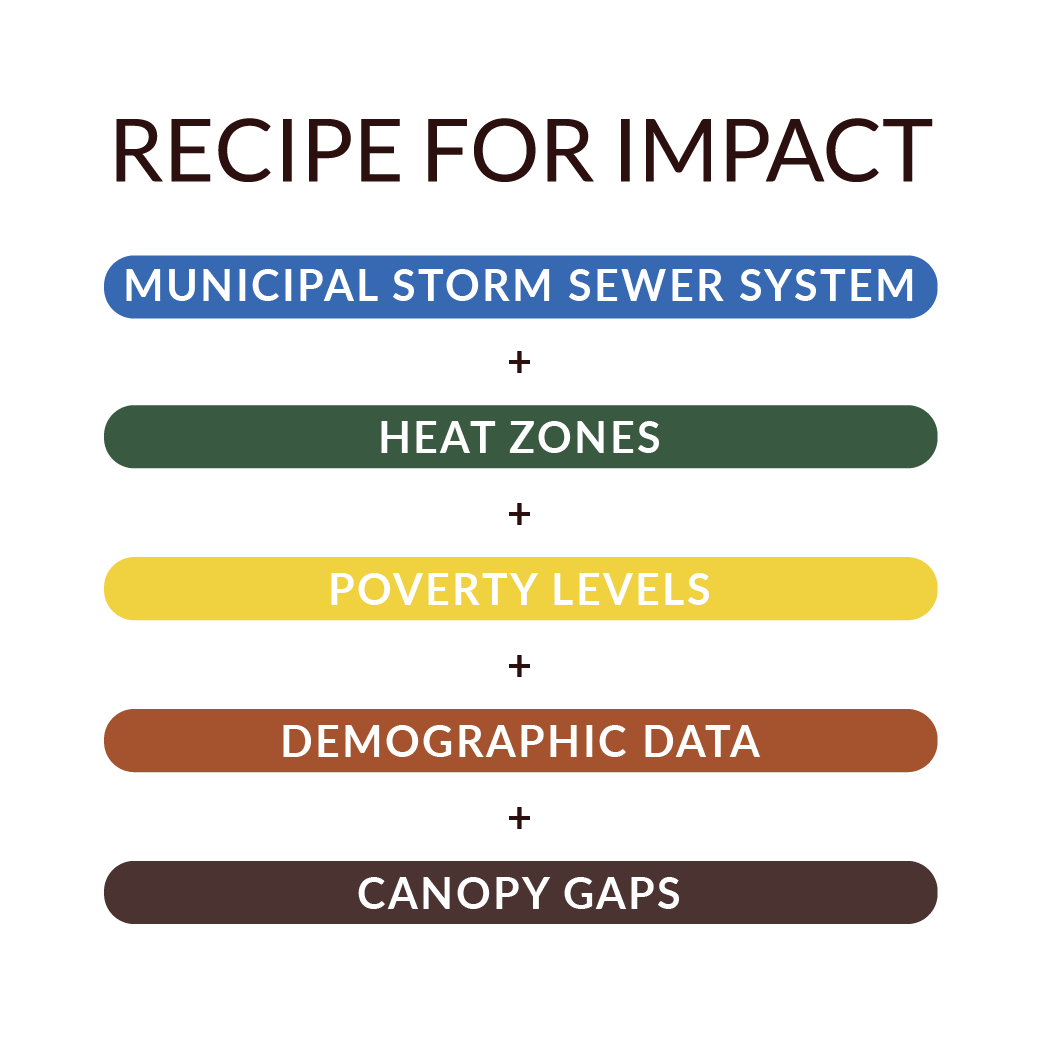THE LEAFLET

Spring Impact: Season Wrap Up
As the summer heat sinks in and the trees are all leafed out, let’s take a moment to reflect on our Spring season here at Casey Trees.
 This spring was a record season for our Tree Operations crew! We planted over 2280 trees, all while working safely in the pandemic, swarms of cicadas, and the sticky D.C. heat! With a record-breaking 1178 trees planted in residential homes, our team crushed it this season. Of all the trees we planted, 44% were large canopy trees – meaning they will have the highest environmental impact as they mature, shading our city and providing countless benefits.
This spring was a record season for our Tree Operations crew! We planted over 2280 trees, all while working safely in the pandemic, swarms of cicadas, and the sticky D.C. heat! With a record-breaking 1178 trees planted in residential homes, our team crushed it this season. Of all the trees we planted, 44% were large canopy trees – meaning they will have the highest environmental impact as they mature, shading our city and providing countless benefits.
Our record-breaking year is certainly something to be proud of – but here at Casey Trees, we pride ourselves not only on how many trees we can plant but where we can plant that will be the most impactful. Casey Trees utilizes key variables for identifying where tree planting is the most necessary and will benefit communities most. By combining these variables on a map, we can identify locations where at-risk populations, environmental risks, and planting opportunities intersect.
 Municipal Storm Sewer System
Municipal Storm Sewer System
The Municipal Storm Sewer System (MS4 Sewer System) channels runoff from streets, construction sites, and other impervious surfaces without treatment. This water then flows directly into our riverways. By targeting parts of the city that are serviced by the M4S system, we are able to intercept rainfall and decrease stormwater runoff. This improves water quality, slows riverway pollution, and increases groundwater recharge.
Heat Zones
Trees are one of the most cost-effective cooling tools and provide shade and much-needed respite from heat especially in urban zones. Areas with transit lines, a higher percentage of impervious surface, and fewer mature trees often become the hottest areas in town. We have identified these heat zones as key planting zones and focus our efforts here.
Poverty Levels
People living near or below the poverty line with low or no income are more likely to be susceptible to high heat stress and most likely to be impacted by climate change. People with little to no income often face housing insecurity, where they may have no access to cool clean water or AC during hot seasons. This, coupled with a lack of resources and public cooling spaces due to COVID, leaves many people without a way to avoid the summer heat and can lead to serious heat stress. We target the areas in the city with the lowest average income and employment levels for many of our planting efforts.
Demographic Data
The 2010 US Census provides data on the demographics of different areas across the city. We focus our efforts on communities that are majority people of color, as those communities are often underserved, therefore more susceptible to heat vulnerability, more likely to suffer chronic illness, and most likely to be harmed by climate change and increased temperatures. These issues come from systemic failure to meet the needs of all citizens equitably, but we work to do our part by prioritizing these spaces in our planting efforts to provide more resiliency in the face of climate change.
Canopy Gaps
By looking at current canopy coverage across the city and determining areas with higher plantable space, we are able to identify canopy gaps across the city. We do so by looking at the percentage of impervious surface in different wards, the current existing canopy, and the potential canopy, and calculating how much more tree coverage is possible. By discovering canopy gaps we are able to find and focus on places where there is less existing tree canopy and more plantable space.
Combining these variables, we discover that wards 5, 7, and 8 are the areas to target, and in recent years, Casey Trees has been moving towards this goal. These wards represent the largest canopy gap, with the largest planting areas still available. These wards also have high populations of people of color, as well as the largest socioeconomic gap – with average income, employment, and education levels falling below average for the city. Additionally, when mapping high heat patches within the areas served by the MS4 sewer system, we find wards 5, 7, and 8 have the highest concentration of hot zones.
We have been focusing efforts on planting in wards 5, 7, and 8 and are proud to announce that 78% of our trees planted this spring were planted in these target zones. We are able to achieve these goals by forming and maintaining strong partnerships with public and private landholders across neighborhoods. We work with the District of Columbia Housing Authority to plant trees in multifamily housing sites in wards 5, 7, and 8.
We strive to continue our efforts to identify and plant in the parts of the city that need it most season after season. We’re looking forward to continuing to equitably plant trees and work to protect, enhance, and restore all parts of this beautiful capital city! Help us make an impact – know a spot that can use some trees? Let us know online!